Three weeks ago, I wrote, “DeSantis, you magnificent bastard, you read my book!” The New York Times unrolled the campaign-organization strategy for Ron DeSantis and his Never Back Down PAC ally at the same time that he officially entered the race. With a combined $200 million in the bank already, NBD announced that they would build a ground organization with 2600 paid staffers engaging every voter in the first four primary states at least four times before ballots got cast, and five times in the Iowa caucuses.
That would be a game changer, I predicted — if Team DeSantis executed it well and used it properly. The key wasn’t the door-knocking itself but the kind of engagement it produced. Barack Obama created an innovative model of voter and brand loyalty in his ground game, I wrote in Going Red, that no one had even bothered to attempt since:
At the time, Republicans didn’t understand the scope and depth of what Obama achieved. Most observers either dismissed it as “community organizing,” or just running a Facebook page. Only later did people realize that the Obama team had created not just a voter-turnout machine but a voter loyalty machine, one that made real use of grassroots allies to build personal relationships with voters in each targeted community and precinct, using Facebook and other data to identity influencers to recruit. Obama raised massive amounts of money in order to expand that machine in the 2008 general election, and the loyalty he built with voters allowed him to scrape out a narrow re-election win four years later.
Yesterday, the Washington Post took a close look at the effort already under way to build the organization. At least in size and scope the NBD organization seems to be unprecedented as advertised, even compared to the Obama model. Hiring has already begun, and every one of the 2600 paid canvassers will have to complete an eight-day training course that campaign officials expect to weed out those who can’t do the job. “Hundreds” are already in training or have completed it already, the Post reports:
Never before has a presidential effort invested in doors in the way the DeSantis machine is doing. By Labor Day, Never Back Down aims to have about 2,600 trained canvassers in the 18 early nominating states, many with hotel rooms and rental cars, iPads and evolving scripts, not to mention a paycheck from working in a position that is now advertised on job boards as between $20 to $22 an hour. The work will continue through March, with staff redeployed as the election season proceeds.
It is designed to allow the PAC to run a paid-field operation bigger than ever before tried in a presidential primary, on the scale of four simultaneous congressional races in Iowa, two in New Hampshire and seven in South Carolina. DeSantis has effectively abandoned the old model of running field operations with volunteers from a cash-strapped campaign, outsourcing the effort to a super PAC in ways that test the boundaries of campaign finance law.
That also has something in common with Obama, who famously abandoned the post-Watergate presidential campaign financing system in order to keep expanding his ground campaign. Size and scope are important, of course, but also skill and direction. Where does Team DeSantis score on those points?
So far, so good:
Always be polite, the trainees are told by Joe Williams, who runs the sessions for Never Back Down, a super PAC supporting the governor. Body language matters. Passion counts. Never accept water or go inside. Mention DeSantis’s wife, Casey, her cancer diagnosis and his military service.
If a journalist answers or the voter targets say they are steadfast supporters of former president Donald Trump, quickly exit the conversation. Push back on the mailers that say DeSantis wants to cut Social Security. Be ready with the details of Florida’s abortion law. Close with a caucus commitment card, when possible.
“Conversations can be great. Yard signs are awesome but don’t vote,” said Williams, a lively teacher who rewarded students with beer koozies and hats when they did well. “Close the sale.”
Again, the training appears sound, as far as it goes. In this passage and in others, the NBD training is aimed at converting Trump voters, which seems necessary as a first step. Enthusiasm helps, and policy conversations do as well. If DeSantis’ field team is doing the only door-knocking — and doing it four or five times over the course of the four-plus months between Labor Day and the first caucuses and primaries — that engagement will matter. It also would provide DeSantis with an enormous advantage in a general election against another basement campaign from Joe Biden. And all this would be true and valuable even if the strategy for using this organization is nothing more.
But is this enough? What this sounds like — so far — is a unidirectional communication system that more or less amplifies national messaging. Again, that has value, but it leaves out an essential part of Obama’s organizing effort. As I wrote in Going Red, the genius of their Facebook usage wasn’t just identifying voters, but identifying local allies. They didn’t just fly door-knockers into battleground states and precincts, but partnered with local influencers, most if not all volunteers. This not only allowed Team Obama to get better engagement in targeted communities, but also to learn what concerned those communities most in local terms.
That gave Obama advantages that turned out to be so valuable that their effect remained for four years. The campaign was able to contextualize their national agenda into local issues, even down to the street level, as I related in my chapter about Tampa. The bidirectional communication with those local influencer-allies gave them better feedback on what was and wasn’t working, allowed for the creation of local-focused argument, and turned the organization into a self-expanding movement with its own identity and loyalty to the candidate.
So far, Team DeSantis is building a massive and unprecedented organization, but it still seems oriented toward national and top-down messaging rather than two-way conversations. It should be easy to adapt it to the latter mission, and perhaps other aspects of the organization are or will be oriented in that direction. It’s not that a failure to make that adaptation would be fatal or make the investment worthless — it will still have enormous value in the mechanics of turnout and messaging. Such a failure would be a very large missed opportunity, however, especially considering the brand-loyalty competition already in this primary.
Finally, there were suggestions on social media that this will be too little too late, as DeSantis’ numbers are not yet climbing. That’s highly premature, however. We are still weeks away from the first debate, and months away from any real voter action. Organizationally, DeSantis has not only hit the ground running but he’s lapping the rest of the field on ground game already. When this gets fully into place, watch the numbers in the targeted states rather than the less-meaningful-at-any-stage national primary polls, starting around Thanksgiving.
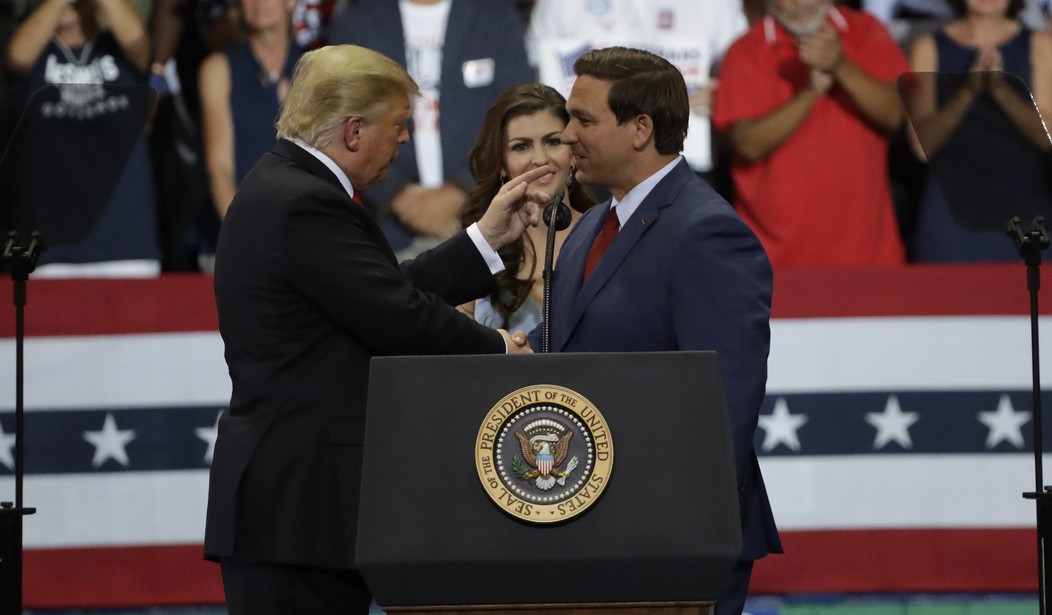

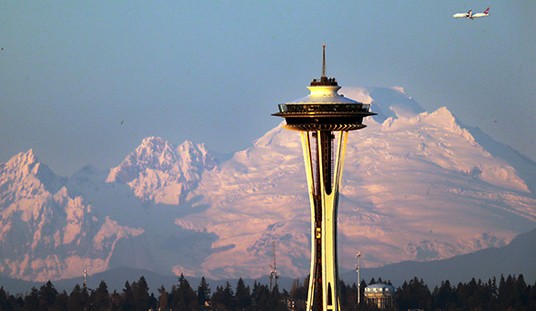
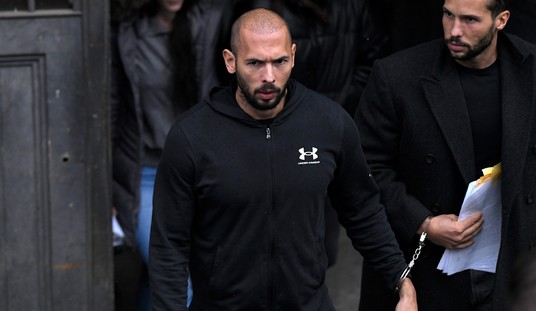
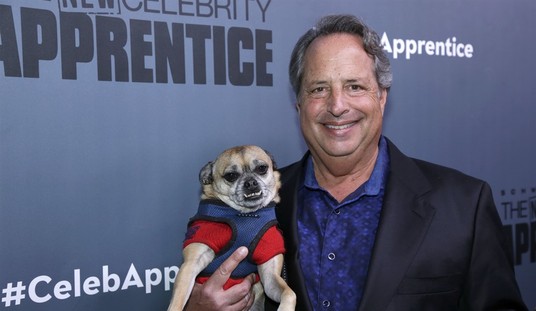
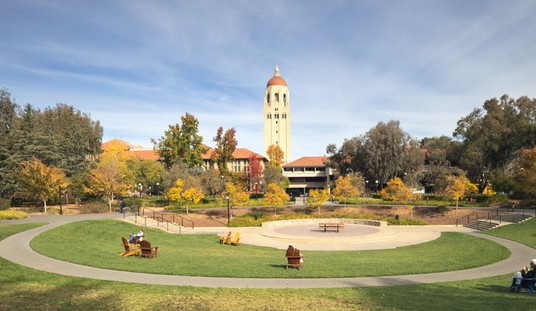

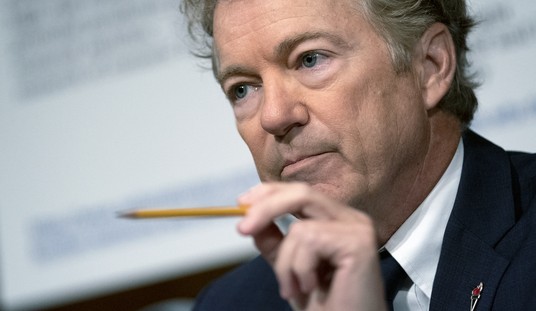
Join the conversation as a VIP Member